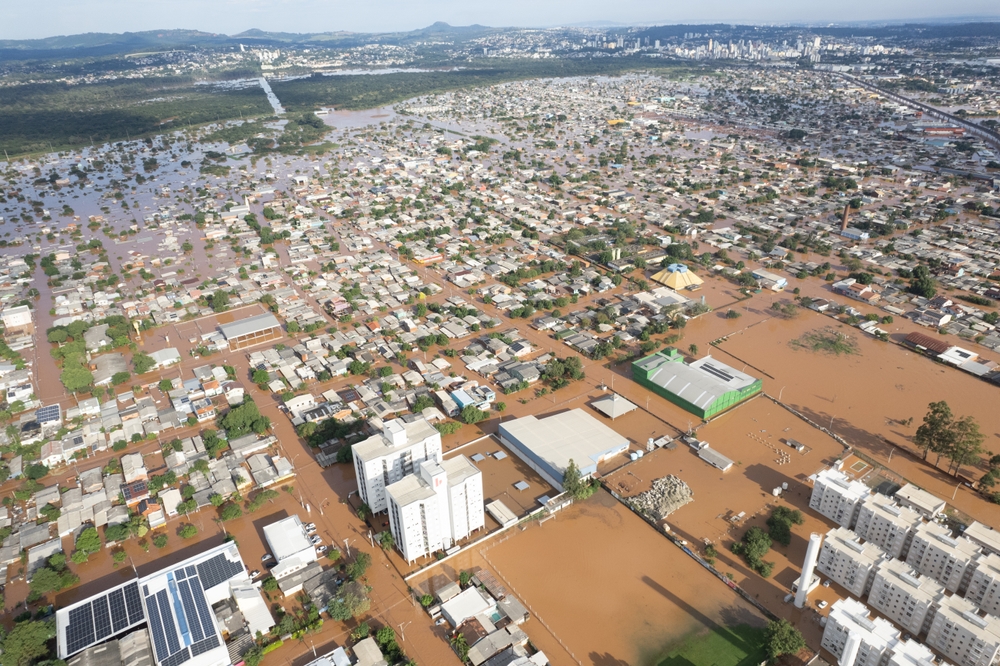Hydrogen: The Great Hype or Hope?
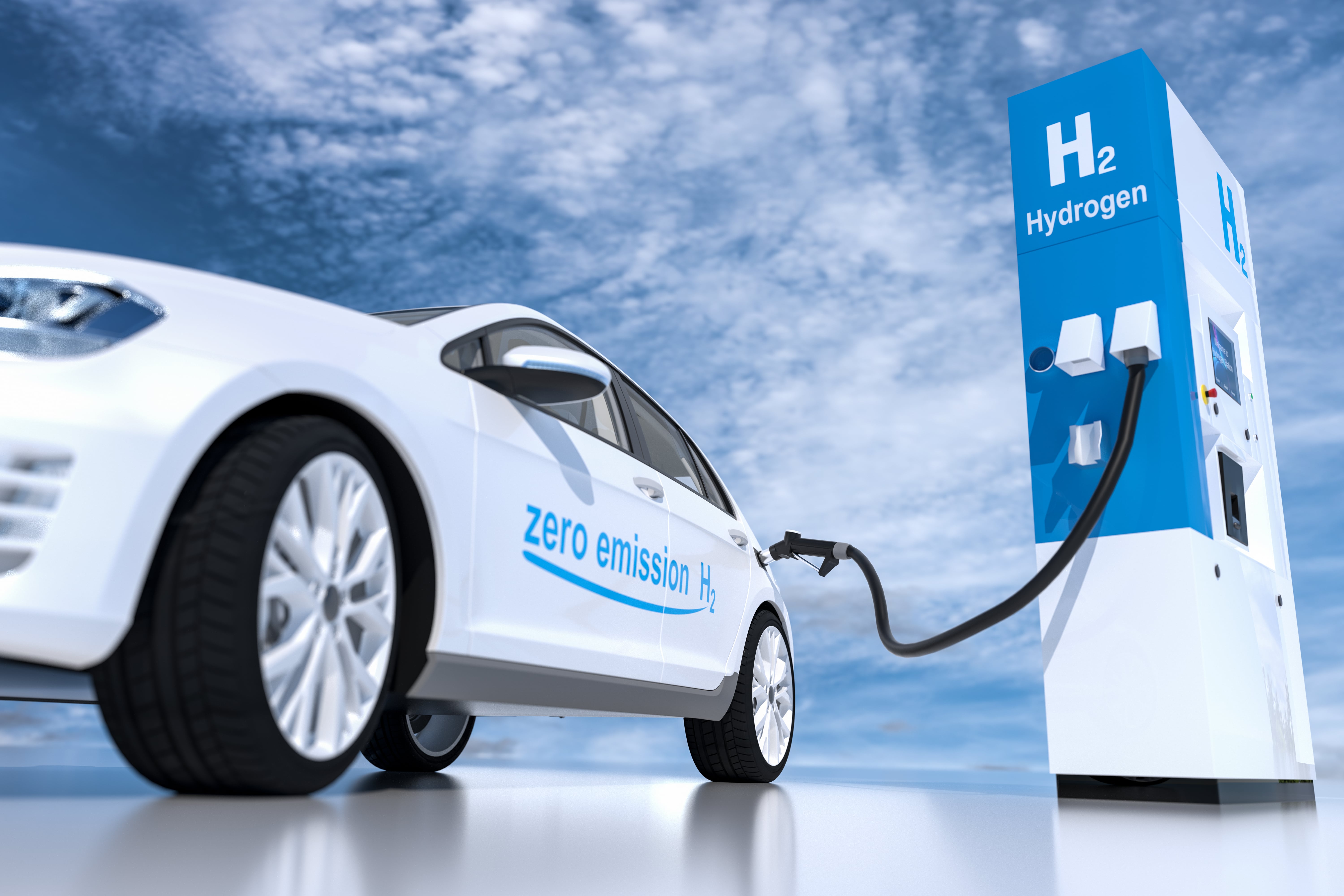
Is the hydrogen economy hope or hype? Discover how it could enable a greener future.
As the world battles climate change and races to net zero, hydrogen is being hailed as the fuel of the future that could help end our dependence on fossil fuels. Learn the science behind hydrogen fuel cells and how this technology could enable carbon-heavy industries to switch to clean energy.
The science behind hydrogen fuel cells
As defined by the Fuel Cell and Hydrogen Association (FCHEA), a fuel cell is “a device that generates electricity through an electrochemical reaction, not combustion. In a fuel cell, hydrogen and oxygen are combined to generate electricity, heat, and water.”
A fuel cell is composed of two plates, the anode and the cathode, that are separated by an electrolyte membrane. Hydrogen is passed through the anode, while oxygen is passed through the cathode. At the anode, the hydrogen atoms are split into protons and electrons by a catalyst. The electrons are diverted to an external circuit, generating a flow of electricity and excess heat. Meanwhile, the protons pass through the membrane towards the cathode and combine with oxygen and the electrons to produce water.
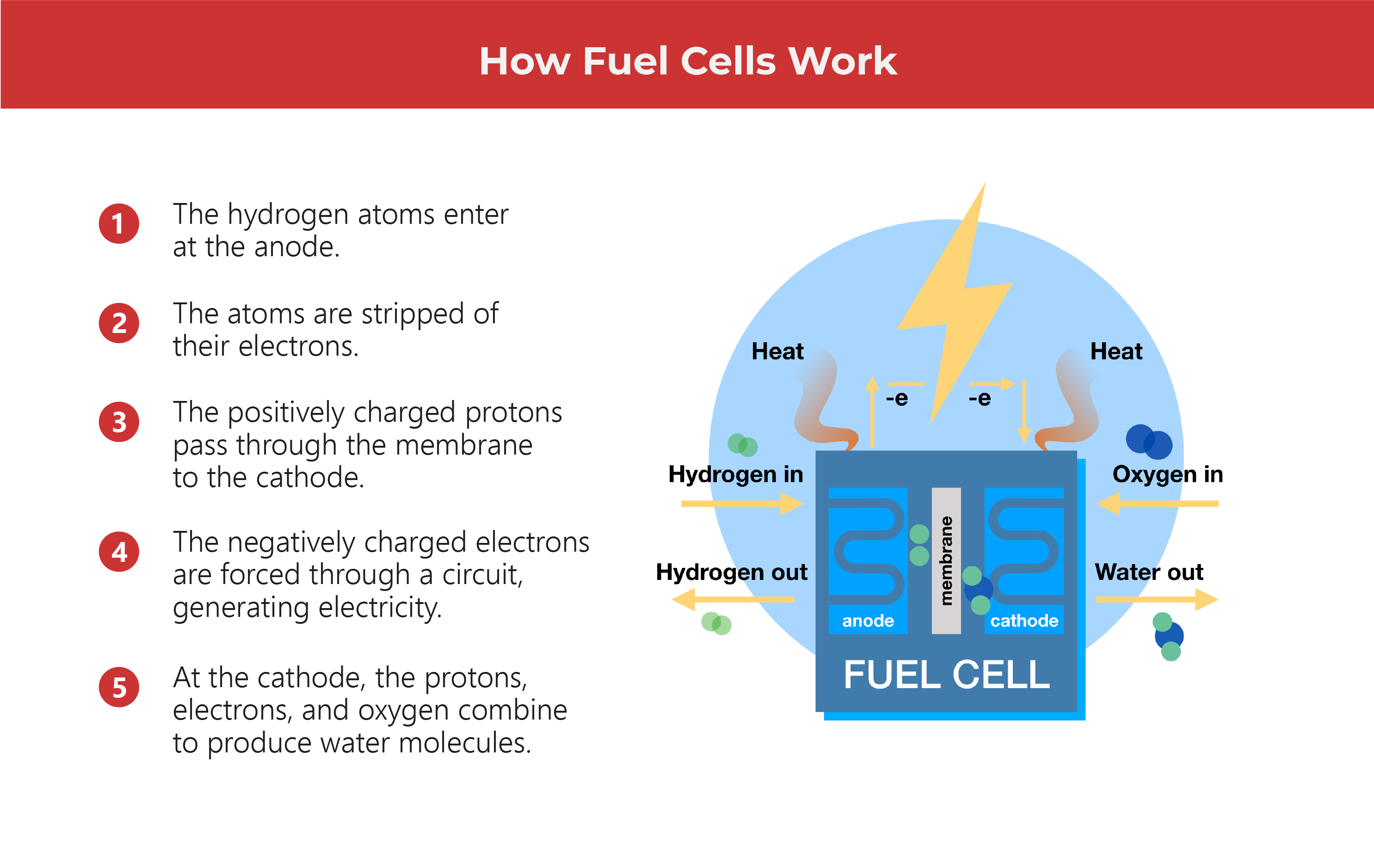
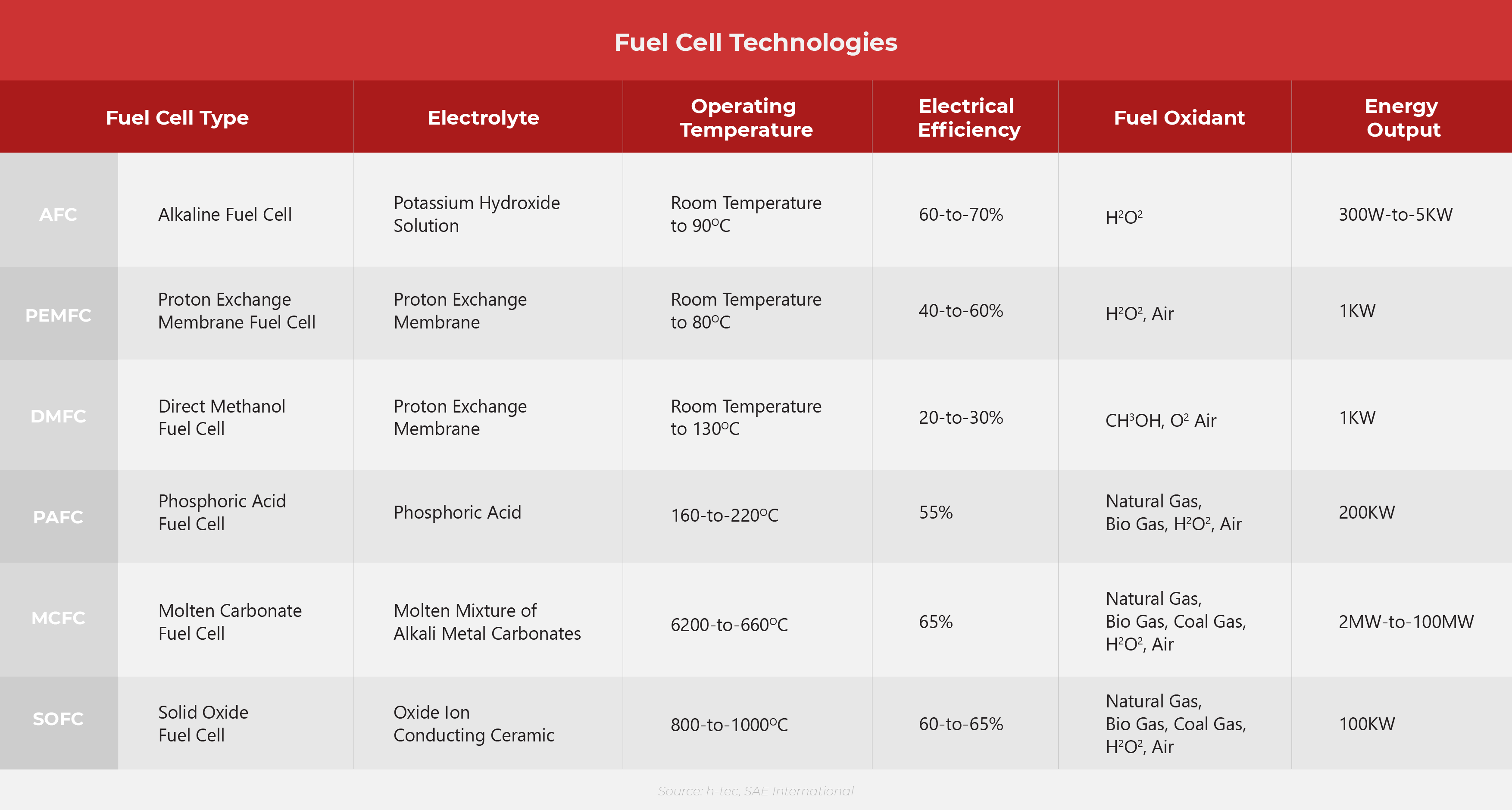
Compared to conventional combustion-based technologies being used in the energy and transport industry today, hydrogen fuel cells offer many benefits. But like any nascent technology, it also has its drawbacks. Let’s take a look at the pros and cons.
Hydrogen fuel cells: pros and cons
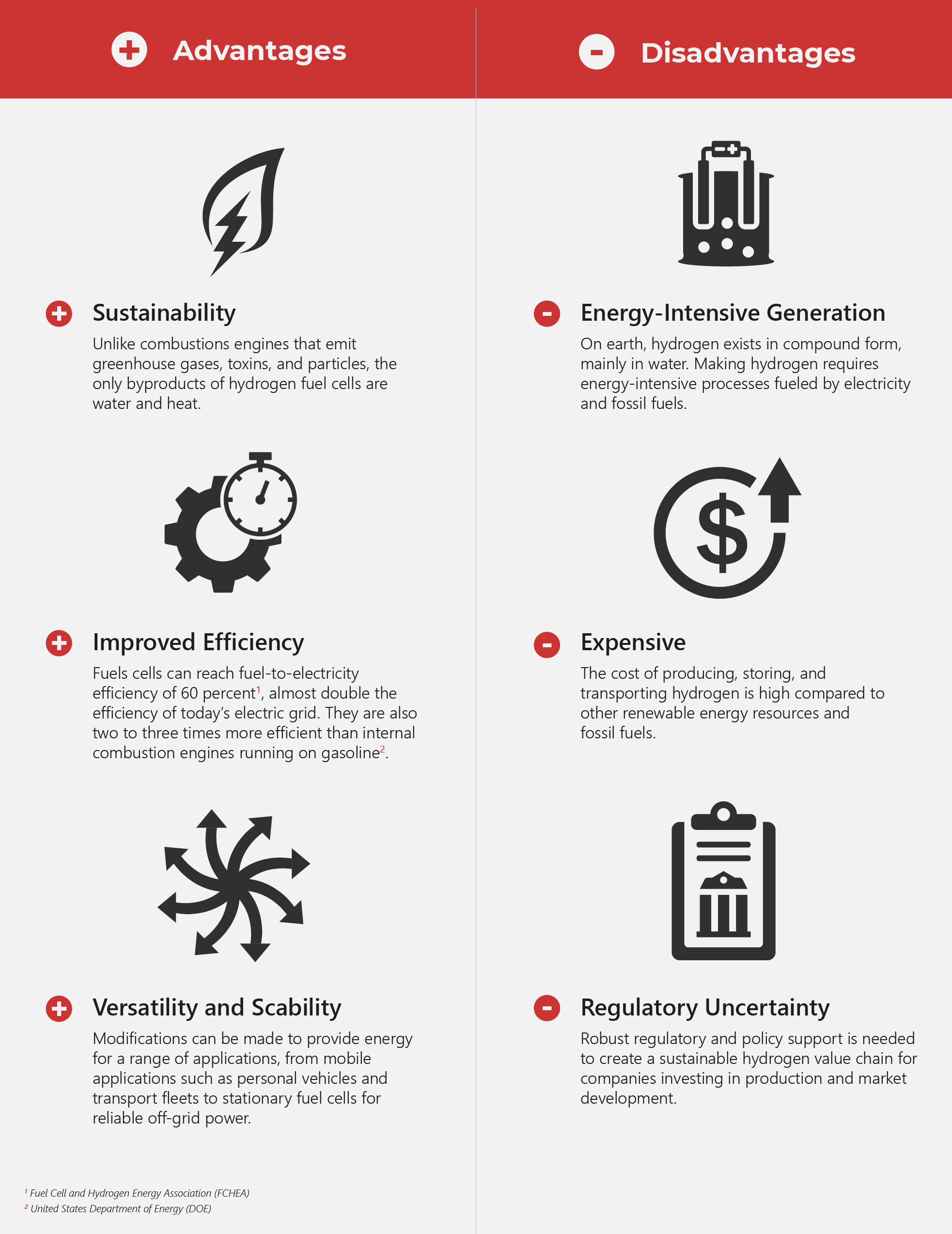
A path to decarbonizing industries
Admittedly, there are many obstacles to the large-scale adoption of hydrogen fuel cell technology. But it has immense potential to provide completely green energy solutions that are critical to net zero by 2050.
(Also read: COP26: Lessons Learned About Creating a Net Zero Future)
This is especially true for decarbonizing industries that are difficult to electrify, which include heavy industry (particularly chemical production and steel manufacturing), heavy-duty road transport, aviation, and shipping.
“There are a lot of applications where electricity is simply the best to use and more efficient,” says Vijay Vaitheeswaran, global energy and climate innovation editor for The Economist. “But there are other applications in heavy industry, particularly, or long-distance transport, for example, where hydrogen could find a niche and quite a big niche.”
Let’s look at how hydrogen has begun powering these industries today.
![]()
As one of the Top 21 EMS companies in the world, IMI has over 40 years of experience in providing electronics manufacturing and technology solutions.
We are ready to support your business on a global scale.
Our proven technical expertise, worldwide reach, and vast experience in high-growth and emerging markets make us the ideal global manufacturing solutions partner.
Let's work together to build our future today.
Other Blog

